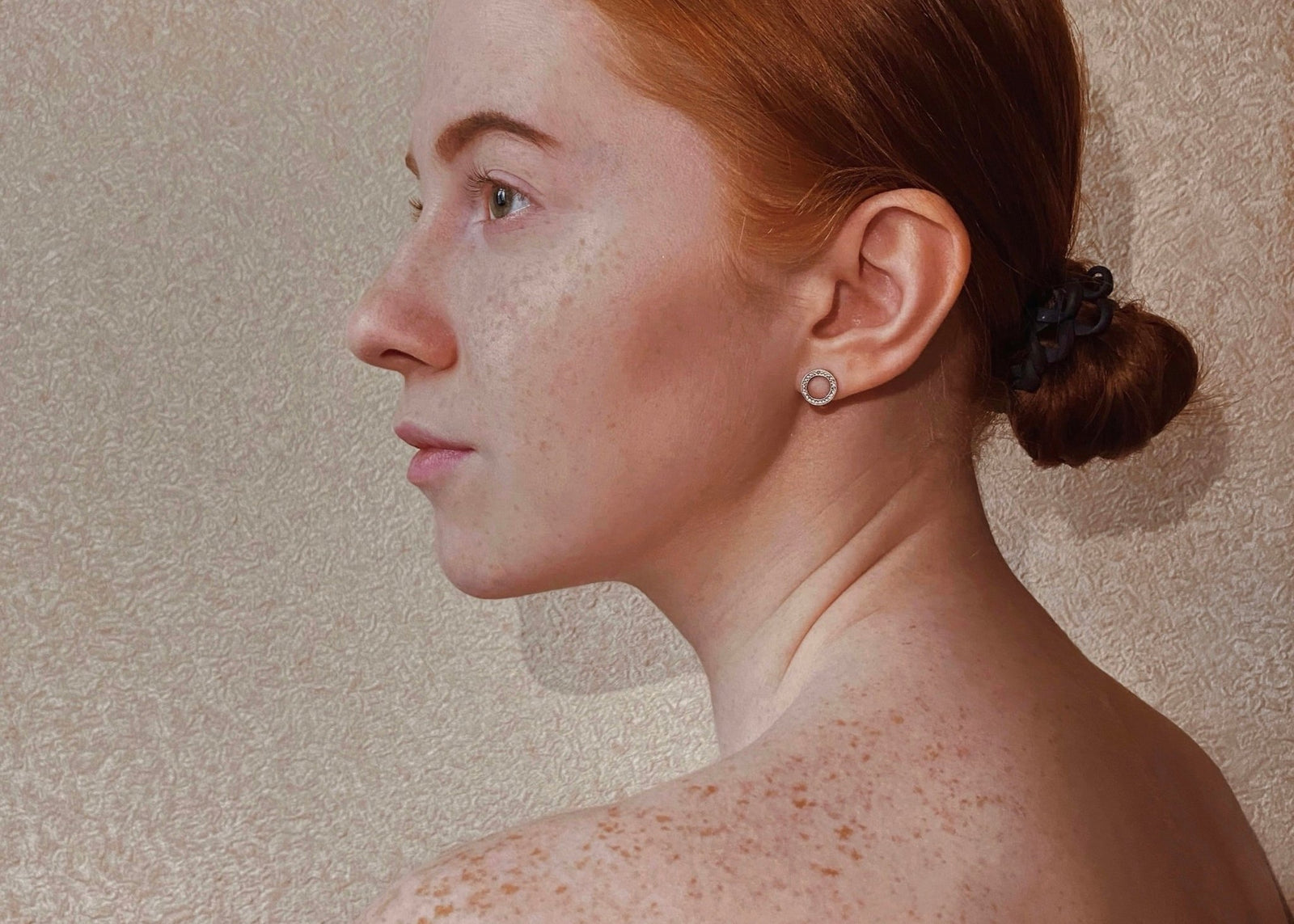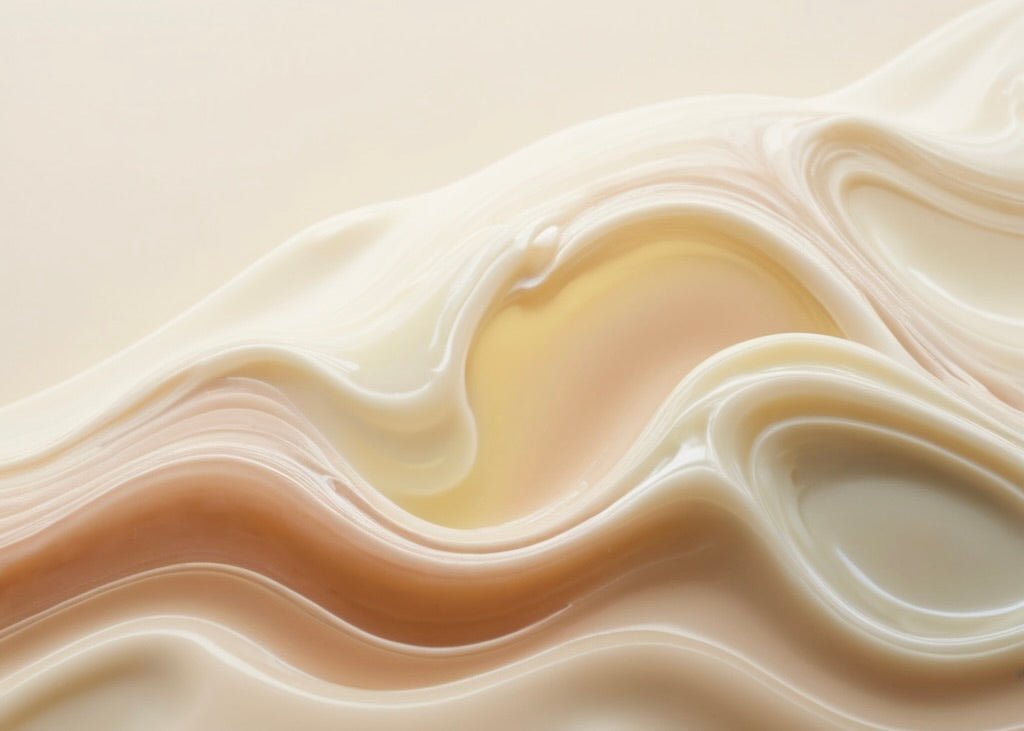
Snail Mucin vs. Hyaluronic Acid: Benefits Compared
Natural and sustainable skincare ingredients are gaining popularity, and two ingredients that have been making waves in the beauty world are snail mucin and hyaluronic acid. Both snail mucin and hyaluronic acid are known for their hydrating and anti-aging properties, but they work in different ways. We'll explore the benefits of snail mucin and hyaluronic acid and help you understand which one might be a better fit for your skincare routine.
Understanding Snail Mucin and Hyaluronic Acid
Snail mucin and hyaluronic acid have been making waves in the skincare industry for their remarkable benefits. Let's delve deeper into the fascinating world of these skincare superheroes.
What is Snail Mucin?
Snail mucin, also known as snail secretion filtrate, is a natural substance produced by snails to protect and repair their skin. This unique ingredient is packed with a powerhouse of nutrients, including hyaluronic acid, glycoproteins, peptides, and antioxidants. These components work synergistically to hydrate, soothe, and rejuvenate the skin, making snail mucin a coveted ingredient in skincare formulations.
Furthermore, snail mucin is hailed for its remarkable healing properties, making it a go-to solution for addressing various skin concerns such as dryness, redness, and uneven skin tone. Its lightweight texture and fast-absorbing nature make it suitable for all skin types, including sensitive and acne-prone skin.
What is Hyaluronic Acid?
Hyaluronic acid, often referred to as the "fountain of youth" in the skincare world, is a naturally occurring substance in our bodies. This powerhouse ingredient plays a crucial role in maintaining skin hydration and elasticity. Its unique ability to hold up to 1000 times its weight in water makes it a key player in keeping the skin plump, supple, and youthful.
As we age, our natural hyaluronic acid levels decline, leading to dryness, fine lines, and loss of firmness. By incorporating hyaluronic acid into skincare products, we can replenish and lock in moisture, resulting in a more hydrated, radiant complexion. Whether in the form of serums, creams, or masks, hyaluronic acid is a versatile ingredient that caters to a wide range of skin concerns.
The Science Behind Snail Mucin and Hyaluronic Acid
Now that we know what snail mucin and hyaluronic acid are, let's take a closer look at how they work.
Snail mucin and hyaluronic acid have gained popularity in the skincare world for their remarkable benefits. These ingredients have unique properties that work wonders for the skin, providing hydration, repair, and anti-aging effects.
How Snail Mucin Works
Snail mucin, derived from snail secretion filtrate, is a powerhouse of nutrients for the skin. In addition to hyaluronic acid, it contains glycoproteins, enzymes, and antioxidants that work synergistically to improve skin health. The glycoproteins help in maintaining the skin's elasticity, while peptides stimulate collagen production, leading to firmer and more youthful-looking skin. Furthermore, snail mucin is known for its anti-inflammatory properties, making it an excellent choice for calming sensitive or irritated skin.
How Hyaluronic Acid Works
Hyaluronic acid, a naturally occurring substance in the skin, plays a crucial role in maintaining skin hydration. It has the ability to hold up to 1000 times its weight in water, making it a super hydrator for the skin. By attracting moisture from the environment and locking it into the skin, hyaluronic acid helps in plumping up the skin, reducing the appearance of fine lines and wrinkles. Additionally, its humectant properties create a protective barrier on the skin's surface, preventing transepidermal water loss and keeping the skin supple and moisturized.
Comparing the Benefits of Snail Mucin and Hyaluronic Acid
Both snail mucin and hyaluronic acid offer numerous benefits for the skin. Let's explore the specific benefits of each ingredient.
When it comes to skincare, snail mucin has gained popularity for its hydrating properties. This natural ingredient deeply moisturizes the skin, giving it a plump and youthful appearance. In addition to hydration, snail mucin also boasts anti-aging benefits. The collagen-promoting properties of snail mucin help to diminish the look of fine lines and wrinkles, promoting a smoother and more youthful complexion. Moreover, snail mucin is renowned for its healing abilities. It aids in wound healing, making it effective for reducing acne scars and accelerating the skin's recovery process.
Skin Benefits of Snail Mucin
- Hydration: Snail mucin deeply hydrates the skin, giving it a plump and moisturized appearance.
- Anti-Aging: The collagen-promoting properties of snail mucin help to reduce the appearance of fine lines and wrinkles.
- Healing: Snail mucin is known for its wound-healing properties, making it effective for reducing acne scars and speeding up the skin's recovery process.
On the other hand, hyaluronic acid is a powerhouse ingredient known for its intense hydration capabilities. This humectant has the ability to attract and retain moisture in the skin, providing long-lasting hydration and improving skin elasticity. In terms of anti-aging benefits, hyaluronic acid works by plumping up the skin, which can help reduce the appearance of wrinkles and fine lines. Additionally, hyaluronic acid contributes to skin smoothing. By enhancing the skin's texture, it helps create a more refined and youthful complexion.
Skin Benefits of Hyaluronic Acid
- Intense Hydration: Hyaluronic acid draws moisture into the skin, providing long-lasting hydration.
- Anti-Aging: By plumping up the skin, hyaluronic acid can reduce the appearance of wrinkles and fine lines.
- Smoothing: Hyaluronic acid can help to smooth out the skin's texture, creating a more refined and youthful complexion.
Side Effects and Risks
When it comes to using skincare products, it's important to be aware of any potential side effects or risks. Let's take a look at what to consider for both snail mucin and hyaluronic acid.
Potential Side Effects of Snail Mucin
While snail mucin is generally considered safe for most people, some individuals may experience allergic reactions or skin irritation. It's always advisable to perform a patch test before using any new skincare product containing snail mucin.
Potential Side Effects of Hyaluronic Acid
Hyaluronic acid is well-tolerated by most people, but it can occasionally cause mild irritation or allergic reactions. It's always a good idea to patch test new products containing hyaluronic acid before incorporating them into your skincare routine.
Choosing Between Snail Mucin and Hyaluronic Acid
When deciding between snail mucin and hyaluronic acid, there are a few factors to consider.
Factors to Consider
- Skin Type: Snail mucin is beneficial for all skin types, but it may be particularly helpful for dry or damaged skin. Hyaluronic acid is suitable for all skin types, including oily or acne-prone skin.
- Specific Concerns: If you're primarily concerned with hydration and plumping effect, hyaluronic acid may be a great choice. If you're looking for additional healing and anti-aging benefits, snail mucin could be more suitable.
- Product Formulation: Consider your preferred product formulations - whether it's a serum, moisturizer, or sheet mask - and check the ingredient list to see if it contains either snail mucin or hyaluronic acid.
Recommendations for Different Skin Types
- Dry or Damaged Skin: Snail mucin can provide deep hydration and promote skin healing.
- Oily or Acne-Prone Skin: Hyaluronic acid is lightweight and non-comedogenic, making it suitable for oily or acne-prone skin.
- Normal or Combination Skin: Both snail mucin and hyaluronic acid can benefit normal or combination skin types, depending on specific concerns.
As always, it's best to consult with a dermatologist or skincare professional to determine the best ingredients and products for your specific skin concerns.
So, whether you choose to incorporate snail mucin or hyaluronic acid into your skincare routine, both ingredients offer fantastic benefits for your skin. By understanding the science behind these ingredients and considering your individual needs, you can find the perfect fit for achieving hydrated, glowing, and youthful-looking skin.














